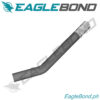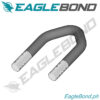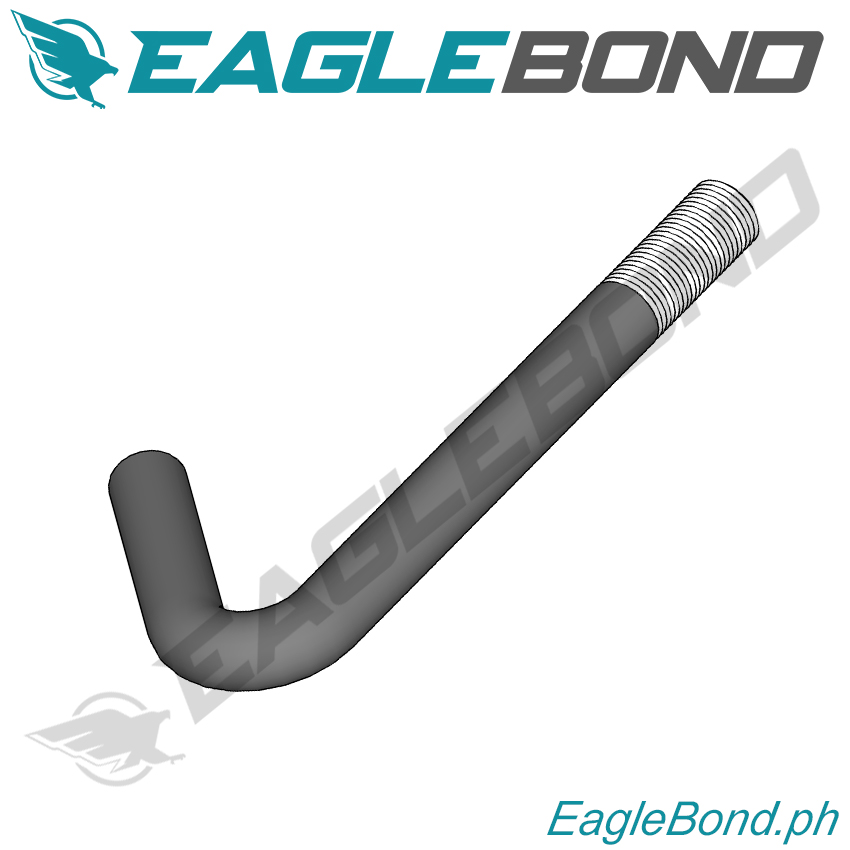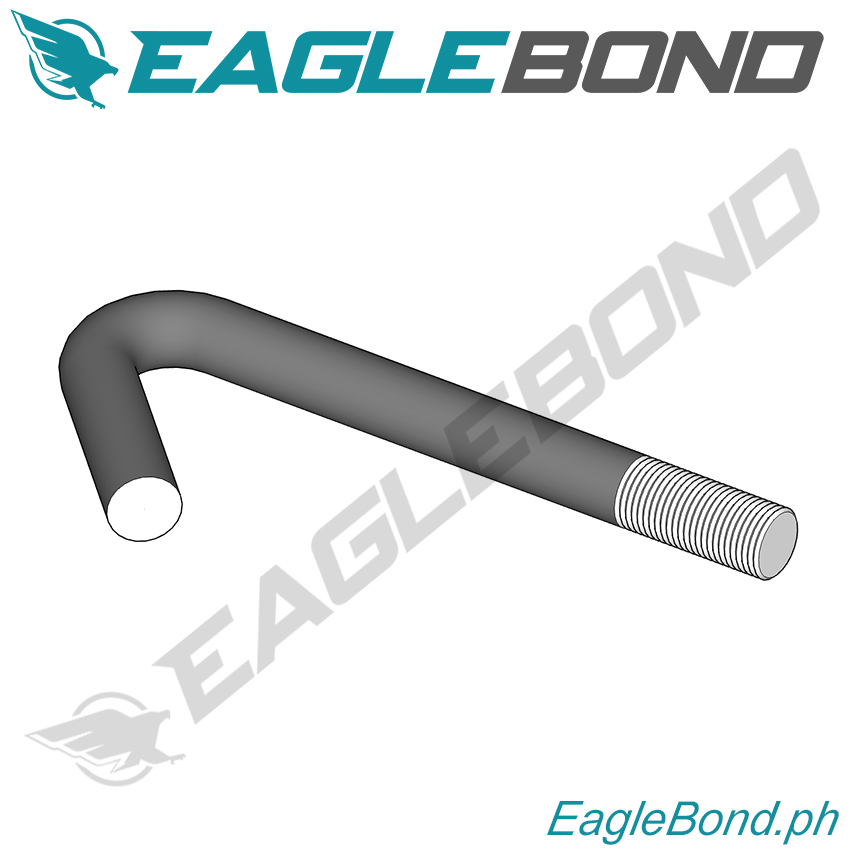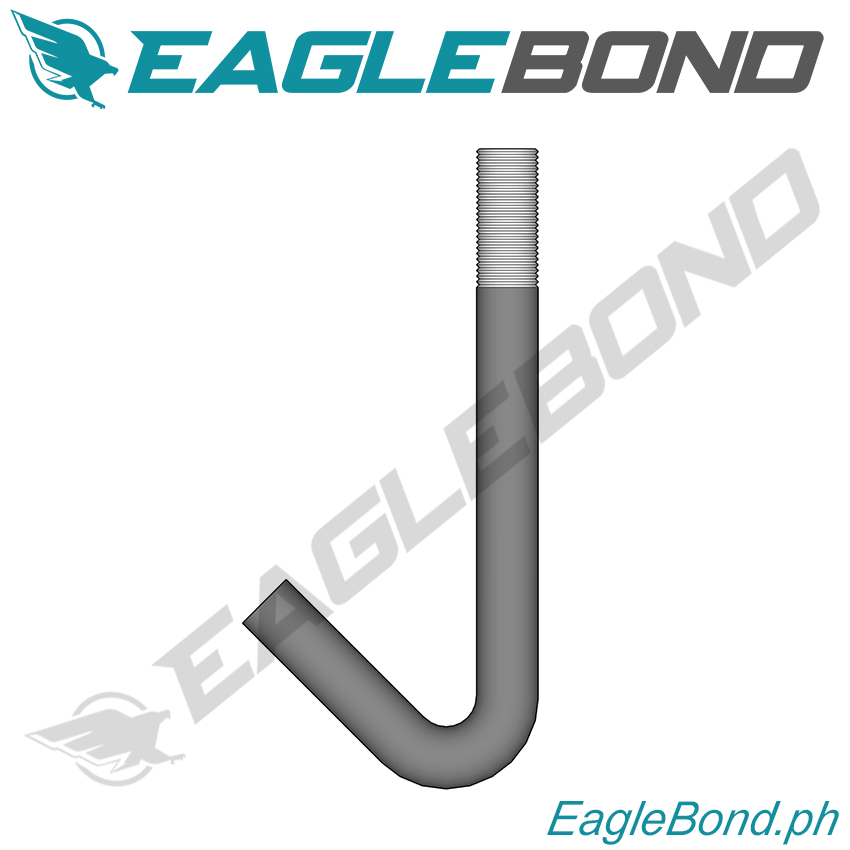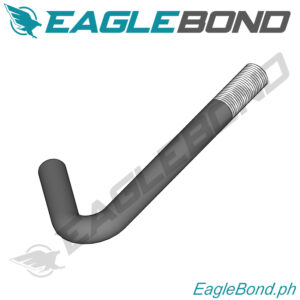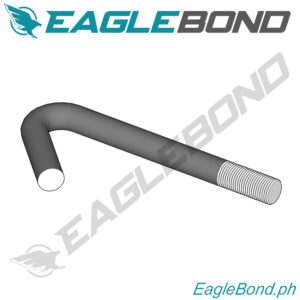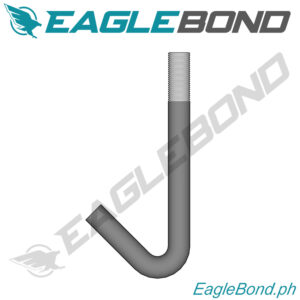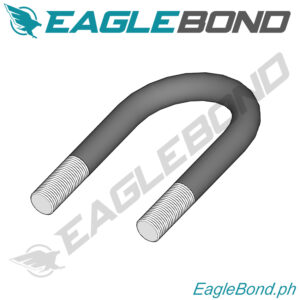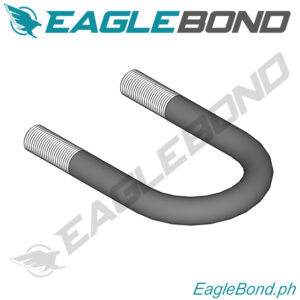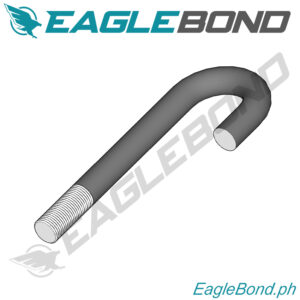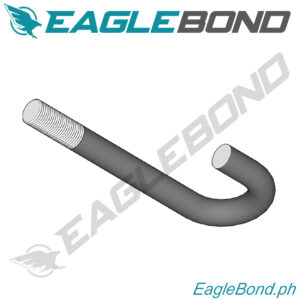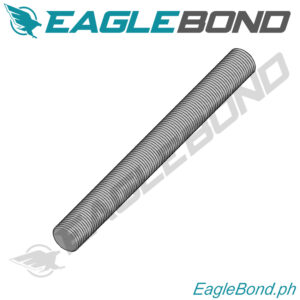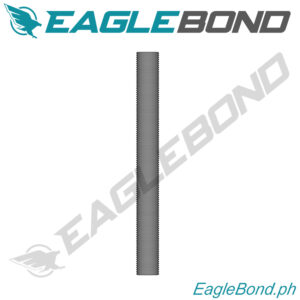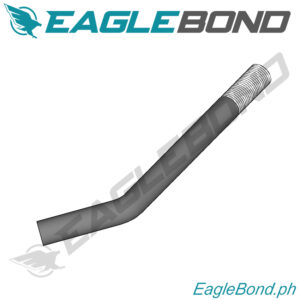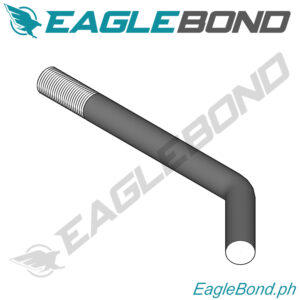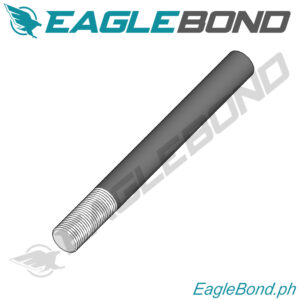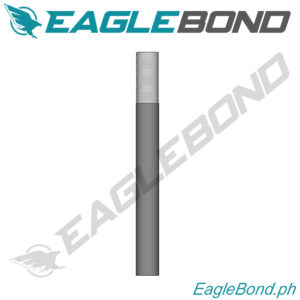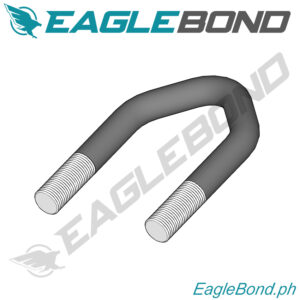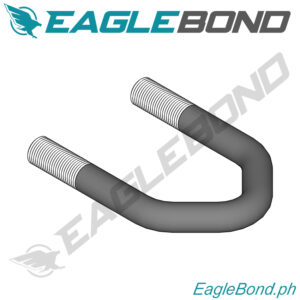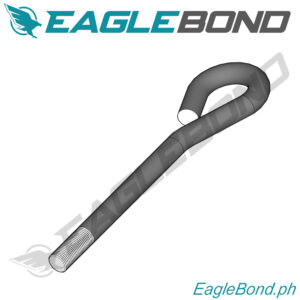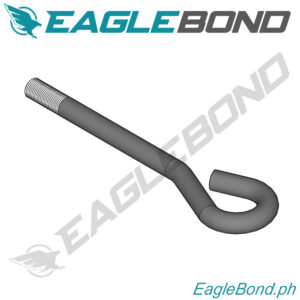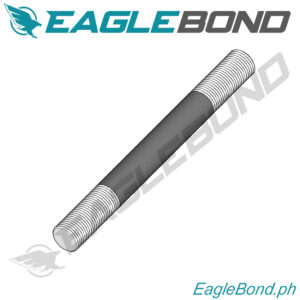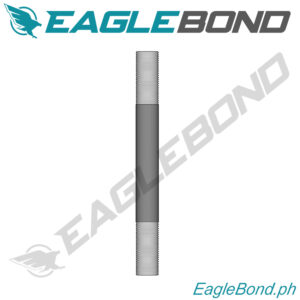Structural Anchor Bolt – J Type (Bended at 45°)
Description: The Structural Anchor Bolt – J Type (Bended at 45°) is a high-strength fastening solution designed for securing heavy structures and components to concrete. The bolt features a distinctive “J” shape, with one end bent at a 45-degree angle to provide enhanced grip and anchoring capability when cast in place within concrete. This type of anchor bolt is commonly used in large-scale construction projects, including the foundation work for buildings, bridges, and industrial installations. Made from durable materials such as galvanized steel or tetanized iron, the J-Type anchor bolt offers excellent resistance to corrosion, wear, and harsh environmental conditions, ensuring long-lasting performance.
Key Features:
- J-Shaped Design: The 45-degree bend on one end provides increased resistance against pull-out forces, making it ideal for cast-in-place applications where structural stability is critical.
- High Load Capacity: Engineered for heavy-duty use, this anchor bolt is capable of withstanding significant loads and stresses, making it suitable for structural and industrial applications.
- Durable Materials: Constructed from high-quality materials like galvanized steel or tetanized iron, the bolt resists corrosion, rust, and mechanical wear, offering durability in demanding environments.
- Variety of Sizes: Available in multiple lengths and diameters to cater to different structural requirements, ensuring compatibility with a wide range of construction projects.
Uses and Purpose:
- Cast-in-Place Applications: The J-Type anchor bolt is specifically designed for embedding in concrete during the pouring process. The 45-degree bend at the J-hook end ensures that once the concrete cures, the bolt is securely locked into place, providing a robust anchor point for structures like columns, beams, and heavy machinery.
- Foundation Work: Often used in the foundation of buildings, bridges, and other large infrastructure projects, the J-type anchor bolt helps transfer loads from the structure into the foundation, enhancing overall stability and integrity.
- Heavy Equipment Installation: It is also commonly used for anchoring heavy equipment, such as industrial machinery, poles, or structural supports, providing secure fastening even under dynamic loads.
- Support of Structural Components: The J-bolt anchors steel frames, metal supports, and other critical structural elements to concrete, ensuring that these components are firmly held in place.
Importance of Using Structural Anchor Bolt – J Type (Bended at 45°):
- Increased Holding Power: The 45-degree bend in the J-type bolt is designed to enhance resistance against pull-out forces. Once cast in place within concrete, the bent end helps lock the bolt firmly, preventing it from loosening under heavy loads.
- Durable and Reliable: Made from galvanized or tetanized iron, the J-bolt offers excellent protection against corrosion and wear. This makes it ideal for long-term use in outdoor environments or in situations where the bolt will be exposed to moisture, chemicals, or other corrosive agents.
- Critical for Structural Integrity: Using J-type anchor bolts ensures that structural components are securely anchored to the foundation. This is crucial in load-bearing applications, where improper anchoring could lead to structural failures, particularly in high-stress environments like seismic zones or areas with high wind loads.
- Cost-Effective Solution: These bolts are not only robust and reliable but also cost-effective. They offer a long service life with minimal maintenance, making them an economical choice for heavy-duty construction projects.
- Versatility Across Applications: Structural J-type anchor bolts are versatile and can be used across a wide range of industries, from general construction to industrial machinery installation. Their ability to handle dynamic loads and resist pull-out makes them essential in many structural applications.
Topics to Discuss:
- Material and Corrosion Resistance: Discuss the importance of selecting galvanized or tetanized iron for added protection against corrosion, especially in environments exposed to moisture, chemicals, or extreme weather conditions.
- Proper Installation Techniques: Highlight the significance of proper installation, especially ensuring that the bolt is adequately cast in place within concrete. Incorrect installation could compromise the integrity of the anchor point.
- Load Capacity and Sizing: Emphasize the need to choose the right size and load-bearing capacity of the J-type anchor bolt based on the specific requirements of the project. Overloading or using the wrong size could result in structural failures.
- Compliance with Building Codes: Discuss the importance of ensuring that the anchor bolts meet industry standards and building codes. Compliance with ASTM, ISO, or other regulatory bodies ensures that the bolts are safe and reliable for use in critical applications.
- Comparison with Other Anchor Types: Compare the J-type anchor bolt with other anchor bolts (e.g., L-type, U-bolt) to illustrate its advantages, such as enhanced holding power and resistance to pull-out in cast-in-place applications.
- Maintenance and Inspection: Advise on the importance of regular inspections to check for signs of wear, corrosion, or loosening over time, especially in high-stress or load-bearing applications.
- Applications Across Industries: Explore the various industries and specific projects where J-type anchor bolts are crucial, such as large-scale construction, infrastructure development, industrial machinery installation, and more.
By incorporating Structural Anchor Bolt – J Type (Bended at 45°) into your construction projects, you ensure enhanced stability, durability, and reliability in securing heavy structures, making it an essential component in ensuring the integrity of foundations and load-bearing applications.

